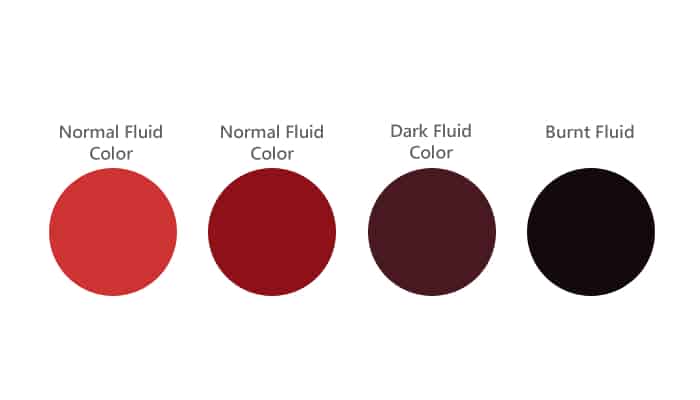2008 Infiniti EX35 Transmission Fluid Capacity
When it comes to maintaining your 2008 Infiniti EX35, one of the essential tasks is checking and changing the transmission fluid. The transmission fluid plays a crucial role in keeping your vehicle’s transmission system running smoothly and efficiently. In this article, we will discuss the transmission fluid capacity for the 2008 Infiniti EX35, so you can ensure your vehicle is always in top shape.
| Popular posts |
|---|
| What to do to prolong the life of your manual gearbox |
| Automatic transmission: what it is, how it works |
Transmission Fluid Capacity and Type
Before we dive into the details, let’s get straight to the point. The transmission fluid capacity for the 2008 Infiniti EX35 is approximately 9.5 quarts or 9 liters. It’s important to note that this capacity may vary slightly depending on the specific model and transmission type of your vehicle. Therefore, it’s always a good idea to consult your owner’s manual or contact a certified Infiniti technician for accurate information.
Now that we know the capacity, let’s talk about the type of transmission fluid you should use. The 2008 Infiniti EX35 requires a specific type of transmission fluid known as Nissan Matic S. It is crucial to use the recommended fluid to ensure optimal performance and longevity of your transmission system. Using the wrong type of fluid can lead to damage and costly repairs, so don’t take any chances.
Changing the Transmission Fluid
Changing the transmission fluid in your 2008 Infiniti EX35 is a relatively straightforward process. However, it’s important to exercise caution and follow proper safety measures. Here’s a step-by-step guide to help you through the process:
- Ensure your vehicle is parked on a level surface and the engine is turned off.
- Locate the transmission fluid dipstick, which is usually labeled and located near the engine bay.
- Using a clean cloth or paper towel, remove the dipstick and wipe it clean.
- Reinsert the dipstick fully and remove it again to check the fluid level. The fluid should be within the recommended range.
- If the fluid appears dirty or has a burnt smell, it’s time to change it. Consult your owner’s manual or a certified technician for the exact intervals recommended for your vehicle.
- To drain the old fluid, locate the transmission pan underneath the vehicle. It is usually secured with bolts or screws.
- Place a drain pan underneath the transmission pan and carefully remove the bolts or screws to allow the fluid to drain completely.
- Once the fluid has drained, replace the transmission pan and secure it tightly.
- Locate the transmission fluid fill plug, which is typically located on the side of the transmission.
- Using a funnel, slowly pour the recommended amount of new transmission fluid into the fill plug. Be sure to use the correct type of fluid mentioned earlier.
- Check the fluid level using the dipstick, and add more fluid if necessary to reach the recommended range.
- Finally, start your vehicle and let it run for a few minutes to allow the new fluid to circulate throughout the transmission system.
Remember, if you’re not comfortable performing this task yourself, it’s always best to seek the assistance of a qualified professional. They have the expertise and tools to ensure the job is done correctly and safely.
Conclusion
Now that you know the transmission fluid capacity for your 2008 Infiniti EX35 and how to change it, you can take proactive steps to maintain your vehicle’s transmission system. Regularly checking and changing the transmission fluid will help prolong the life of your transmission and keep your Infiniti running smoothly for years to come. Remember, following the manufacturer’s recommendations and using the correct type of fluid is crucial for optimal performance and avoiding costly repairs. Stay proactive, stay safe, and enjoy the smooth ride!
What Color Should Transmission Fluid Be?


